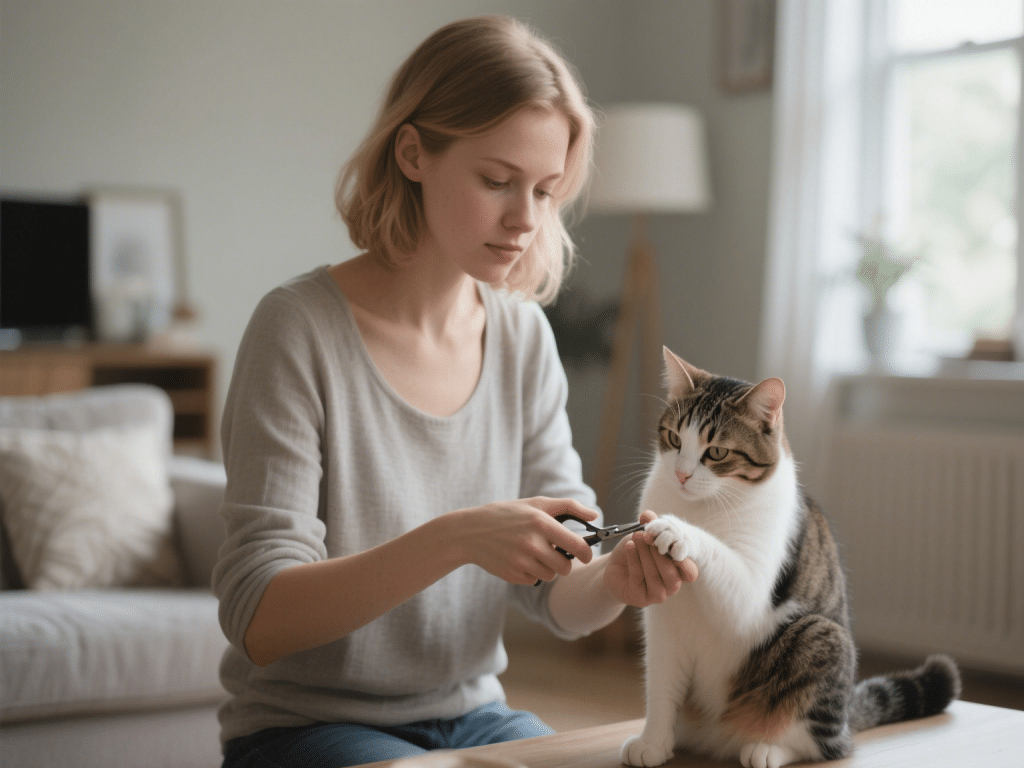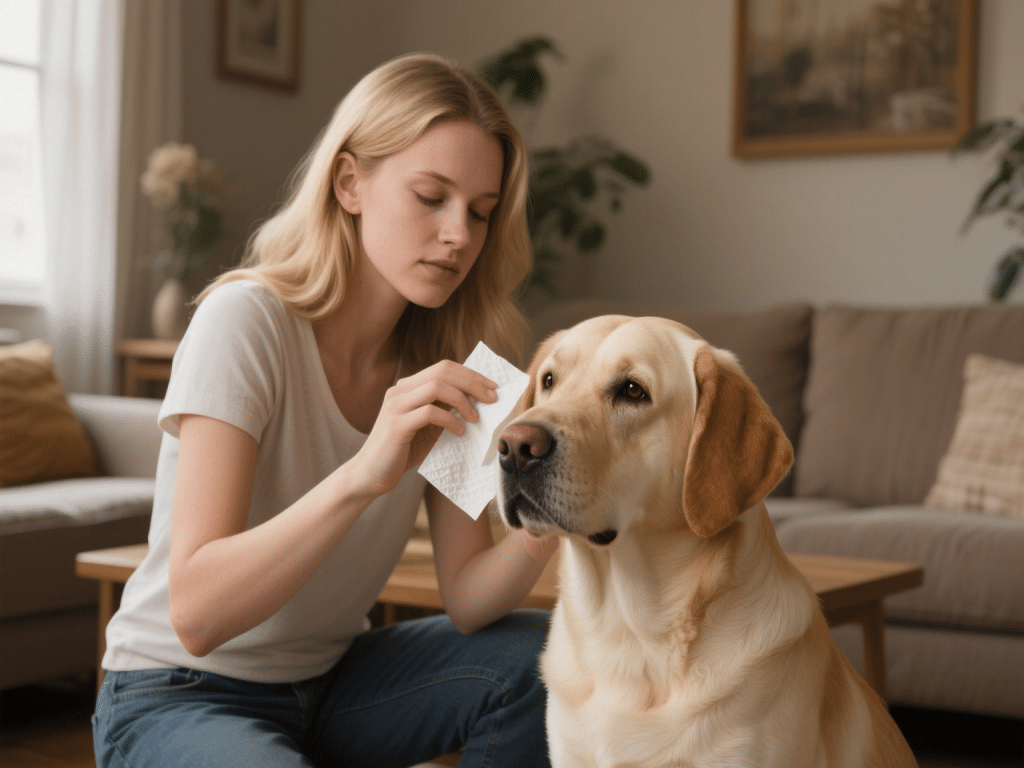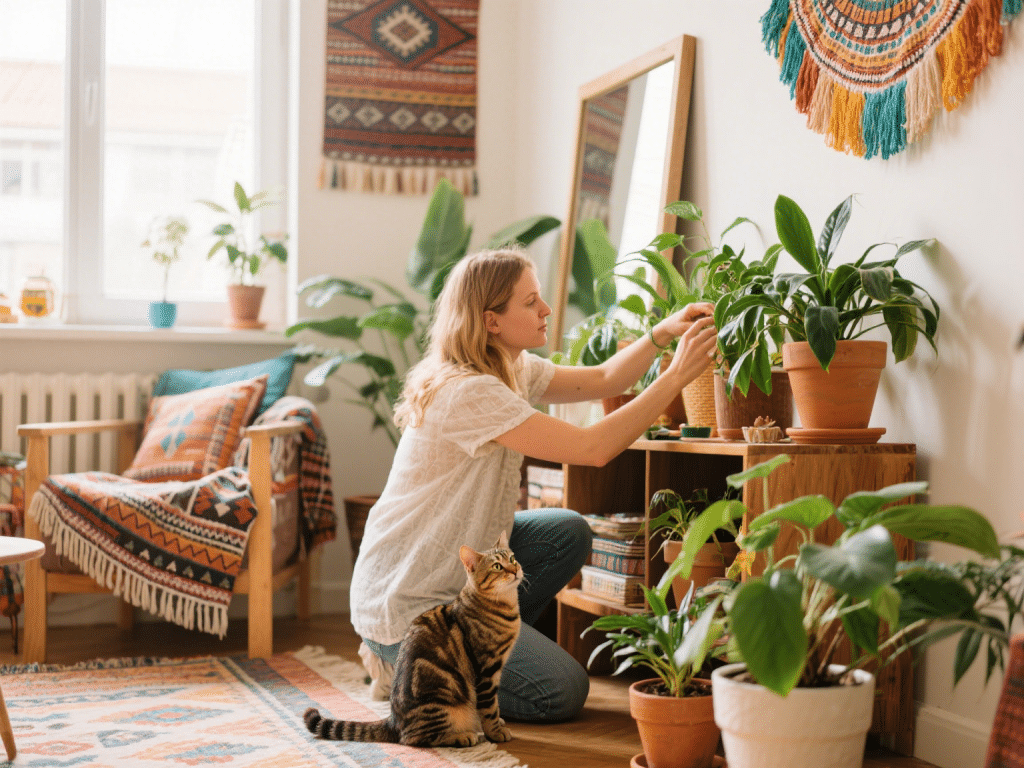DIY Cat Enrichment Toys to Stimulate Your Cat’s Mind
Introduction
Cats are curious, intelligent creatures that thrive when their minds are engaged. Without proper stimulation, indoor cats can become bored, overweight, or even develop stress-related behaviors such as excessive grooming or scratching. DIY enrichment toys offer a budget-friendly, sustainable way to keep your feline companion mentally sharp and physically active. By using everyday items—such as cardboard, recycled fabrics, and safe household materials—you can craft engaging toys that encourage natural hunting instincts, problem-solving, and playful exploration. This guide presents five unique, step-by-step DIY enrichment toy ideas, along with professional tips to ensure safety, longevity, and maximum appeal for your cat.
Why DIY Cat Enrichment Toys Matter
Mental Stimulation & Cognitive Health
Problem-solving: Cats naturally enjoy challenges. Puzzle-based toys activate mental pathways and keep boredom at bay.
Hunting instincts: Simulating prey capture through interactive play satisfies innate behaviors, reducing stress.
Physical Exercise & Weight Management
Active play: DIY toys that move unpredictably or require stalking help maintain a healthy weight.
Agility training: Encourage jumping, pouncing, and running, which support joint health and muscle tone.
Bonding & Trust Building
Interactive sessions: Playing together with homemade toys strengthens your bond.
Reduced anxiety: A mentally engaged cat is more relaxed around family members, fostering trust and affection.
Cost-Effectiveness & Eco-Responsibility
Recycling materials: Many DIY ideas repurpose cardboard or fabric scraps, reducing waste.
Customizable: Tailor each toy to your cat’s preferences—texture, size, or scent—without spending on commercial products.
Safety Considerations Before You Start
Non-toxic materials: Avoid paints, glues, or fabrics treated with chemicals. Use untreated cardboard, natural-fiber fabrics, or food-safe wooden elements.
Secure construction: Ensure small parts (buttons, beads, bells) are firmly attached or embedded. Loose bits can become choking hazards.
Supervision: Always supervise your cat’s first interaction with a new toy. Discard or repair any piece that shows signs of deterioration.
Size appropriateness: Match toy dimensions to your cat’s size—small kittens need differently sized toys compared to large adult cats.
1. Cardboard Puzzle Box Treat Dispenser
Materials Needed
One medium-sized, sturdy cardboard box (shoe box or shipping box)
Scissors or a box cutter
Non-toxic craft glue (optional)
Several small treats or dry kibble
Step-by-Step Instructions
Prepare the Box:
Seal any open flaps and reinforce corners with glue or tape.
If the box is too large, trim excess flaps so the lid can close securely.
Cut Reward Slots:
On three sides of the box, cut 4–6 randomly placed, circular openings (approximately 1–1.5 inches in diameter).
Ensure edges are smooth—file down any sharp edges or reinforce with tape to protect your cat’s paws.
Create Interior Obstacles:
Insert Treats:
Introduce to Your Cat:
Place the puzzle box in a familiar play area. Encourage your cat by tapping near an opening so treats spill out.
As your cat bats and noses the box, treats will fall through openings, motivating continued play.
Benefits
Mental challenge: The hidden treats keep your cat’s mind engaged as they learn to manipulate the box.
Slow-feeding advantage: Dispensing kibble this way helps prevent gulping and encourages portion control.
2. Sock & Catnip Surprise Wand
Materials Needed
One clean, long cotton sock (no holes)
Organic catnip (loose leaf or small sachet)
Duct tape or nylon string
A wooden dowel (chopstick or unused paint stirrer)
Step-by-Step Instructions
Create a Pouch:
Attach to Wand:
Align the taped end of the sock over one end of the dowel.
Secure firmly with duct tape, ensuring no loose ends remain.
Fashion Play String (Optional):
Present to Your Cat:
Benefits
3. PVC Pipe Secret Treat Roller
Materials Needed
Step-by-Step Instructions
Drill Reward Holes:
Seal One End:
Fill with Treats:
Test the Roller:
Encourage Play:
Benefits
Self-directed play: Your cat can engage independently, building confidence.
Durable & washable: PVC can be cleaned with mild soap, ensuring long-term use.
4. Crinkly Paper Ball Maze
Materials Needed
One large cardboard mailing tube or paper towel tube
Several sheets of plain, uninked packing paper (cut into squares)
A shoebox lid or shallow box for base
Step-by-Step Instructions
Create the Maze Floor:
Position the Tube:
Introduce the Toy:
Encourage Exploration:
Your cat will paw at the tube’s open ends, making paper balls tumble onto the floor.
The rustling sound and movement captivate attention and stimulate digging instincts.
Benefits
Auditory engagement: Crinkle noises mimic prey rustling through leaves, sparking curiosity.
Tactile satisfaction: Cats enjoy batting and grabbing soft, lightweight materials.
5. Treat-Filled Tennis Ball Popper
Materials Needed
Step-by-Step Instructions
Cut the Opening:
Hollow Out Interior (Optional):
Fill with Treats:
Present to Your Cat:
Benefits
Tips to Maximize Engagement & Longevity
Rotate Toys Weekly: Prevent boredom by cycling through different enrichment toys.
Cat-Safe Scents: Lightly rub a bit of fresh catnip or silver vine on toys to renew interest.
Observe Preferences: Note which materials your cat prefers—some favor crinkly sounds, others soft textures.
Inspect Regularly: Check for wear and tear; repair or replace immediately if stitching unravels or pieces break off.
Combine Toys: For advanced enrichment, integrate two ideas (e.g., a treat-filled tennis ball inside a cardboard maze) to increase complexity.
Conclusion
Creating DIY cat enrichment toys not only saves money and reduces environmental waste but also fosters a deeper bond between you and your feline companion. By understanding your cat’s natural instincts—stalking, pouncing, and problem-solving—you can design toys that address mental stimulation, physical exercise, and overall well-being. Whether you start with a simple cardboard puzzle box or craft a treat-filled tennis ball, each project adapts to your cat’s unique personality and preferences. Remember: safety always comes first. Use non-toxic materials, supervise initial play sessions, and rotate toys regularly to keep experiences fresh. With these five carefully described projects and expert tips, you’ll empower your cat to learn, play, and stay healthy—all while enjoying the satisfaction of crafting something by hand.









Comments on "DIY Cat Enrichment Toys to Stimulate Your Cat’s Mind" :